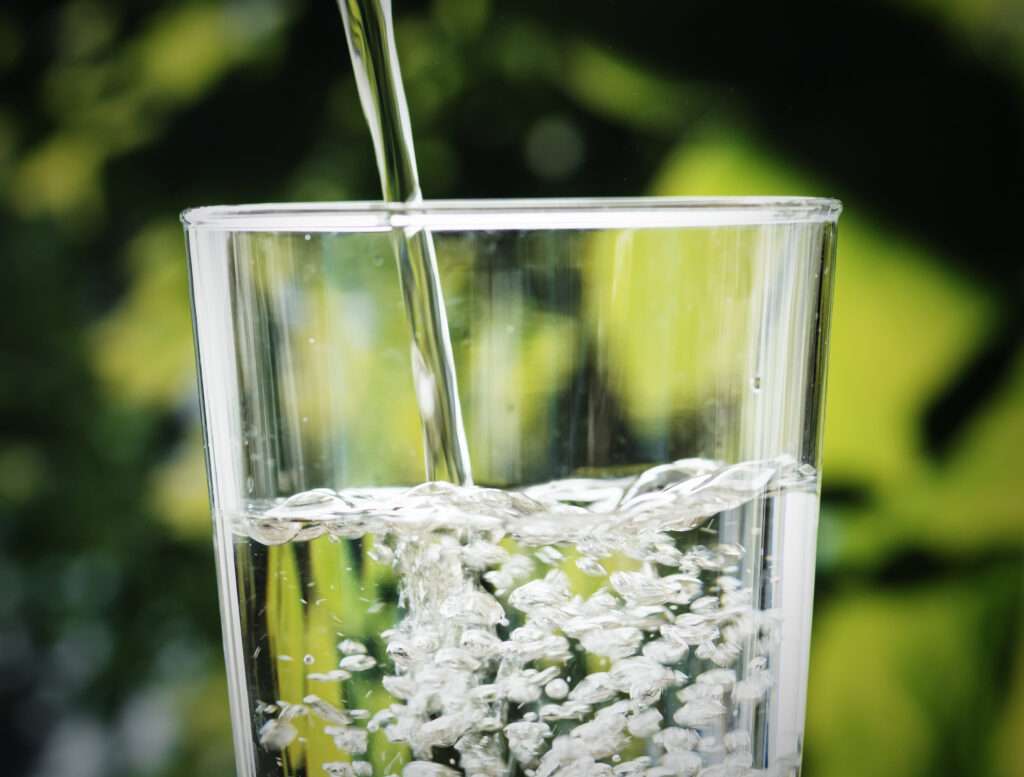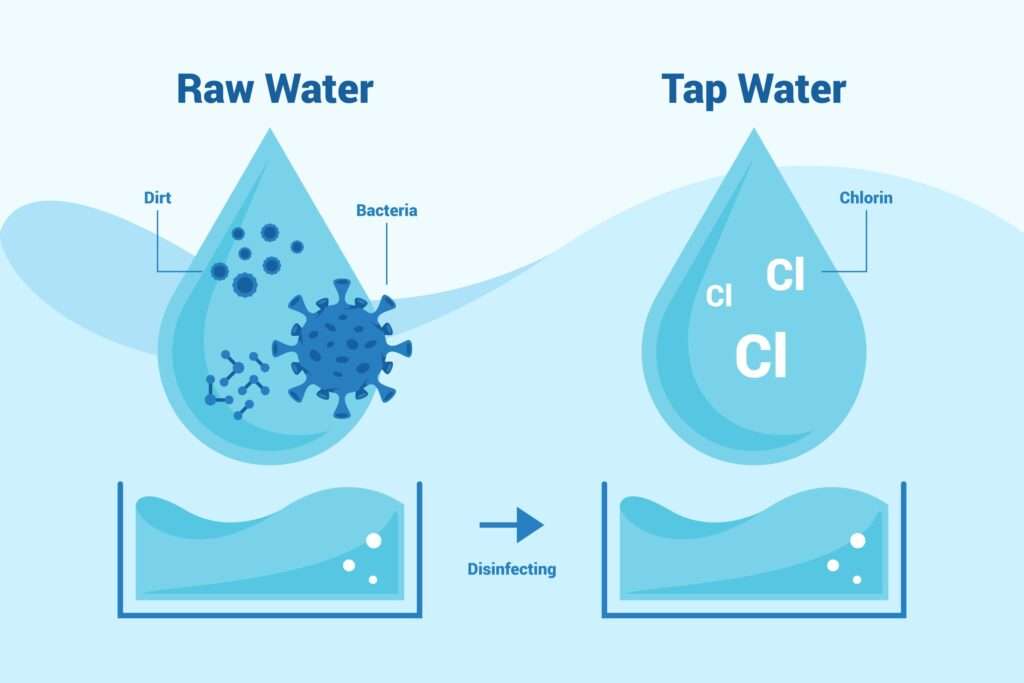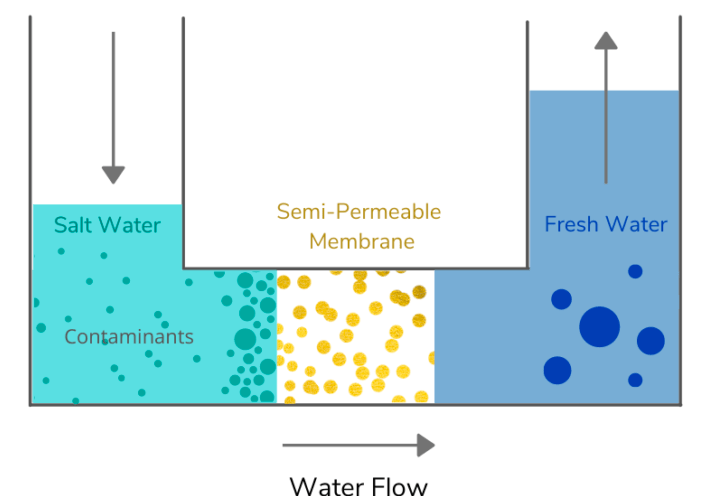Introduction
IF you have question in mind ‘How to Dechlorinate Tap Water’ ? hen this article is for you .Many people are becoming increasingly conscious of the water they drink and its potential impact on their health. Tap water is commonly treated with chlorine to disinfect it and remove harmful microorganisms. However, some individuals find the taste and smell of chlorinated water unpleasant.

Table of Contents
Introduction
IF you have question in mind ‘How to Dechlorinate Tap Water’ ? hen this article is for you .Many people are becoming increasingly conscious of the water they drink and its potential impact on their health. Tap water is commonly treated with chlorine to disinfect it and remove harmful microorganisms. However, some individuals find the taste and smell of chlorinated water unpleasant.
Understanding Chlorine in Tap Water

What is Chlorine?
Chlorine is a powerful chemical disinfectant used by water treatment facilities to kill harmful bacteria, viruses, and other microorganisms in tap water. It helps ensure that the water reaching our homes is safe to drink.
Understanding Chlorine in Tap Water
Chlorine has been used for many years as a disinfectant in drinking water treatment plants. Its primary function is to eliminate harmful microorganisms that can pose health risks to consumers. However, once the water reaches your tap, the chlorine content might still be noticeable. This is because chlorine is sensitive to environmental factors and can evaporate over time, but not always completely.
The Impact of Chlorine on Water Quality
While chlorine plays a crucial role in ensuring water safety, its presence can lead to undesirable effects. The distinct taste and odor of chlorinated tap water can be off-putting to some individuals. Additionally, when used in certain household activities, such as watering plants or filling fish tanks, the residual chlorine can be harmful.
Different Methods to Dechlorinate Tap Water

There are several effective methods to remove or reduce chlorine from tap water. Let’s explore each one:
1. How to Dechlorinate Tap Water Using a Dechlorinator
A dechlorinator is an affordable and easy-to-use device specifically designed to remove chlorine from tap water. It typically contains activated carbon, which attracts and traps chlorine molecules, leaving you with chlorine-free water.
2. How to Dechlorinate Tap Water by Boiling the Water
Boiling tap water for about 20 minutes can help dissipate the chlorine present in it. However, this method may not be suitable for large quantities of water and can be time-consuming.
3. How to Dechlorinate Tap Water by Using Vitamin C
Vitamin C is known to neutralize chlorine effectively. You can crush vitamin C tablets and add them to your water. Alternatively, some water filters have vitamin C cartridges that serve the same purpose.
4. How to Dechlorinate Tap Water using Sunlight Exposure
Leaving tap water exposed to sunlight for a few hours can also help in reducing chlorine levels. Ultraviolet rays from the sun promote the breakdown of chlorine.
5. How to Dechlorinate Tap Water using Aeration
Aerating water by pouring it back and forth between containers allows chlorine to escape as it turns into a gas. This method is simple and cost-effective.
6. Using Sodium Thiosulfate
Sodium thiosulfate is a chemical commonly used to neutralize chlorine in swimming pools. Adding a small amount of sodium thiosulfate to tap water can effectively dechlorinate it.
Technological Dechlorination Methods
1. How to Dechlorinate Tap Water. using Activated Carbon Filters
Activated carbon filters are an excellent option for dechlorinating tap water. These filters use adsorption to remove chlorine and other impurities from the water. The activated carbon’s porous surface traps chlorine molecules, resulting in clean, dechlorinated water.
2. How to Dechlorinate Tap Water using Reverse Osmosis
Reverse osmosis is a sophisticated water purification process that removes chlorine, as well as a wide range of contaminants, from tap water. It employs a semipermeable membrane to filter out impurities, leaving you with fresh and dechlorinated water.

Precautions When Dechlorinating Tap Water
1. Water Quality Testing
Before dechlorinating tap water, ensure that it is of good quality. Conduct a water test or check with your local water utility to know if there are any harmful contaminants present.
2. Correct Dosages
If you choose to use chemicals like sodium thiosulfate or vitamin C, be cautious about the amounts you add to the water. Using excessive quantities can be harmful.
3. Filter Maintenance
For those using dechlorinators or water filters, regular maintenance is crucial to ensure their effectiveness. Replace filter cartridges as recommended by the manufacturer.
Benefits of Dechlorinating Tap Water
1. Improved Taste and Odor
Dechlorinated water tastes and smells better, making it more enjoyable to drink and cook with.
2. Health Considerations
Some individuals with sensitive skin or respiratory issues may experience relief from skin irritation and respiratory symptoms when using dechlorinated water.
3. Eco-Friendly
By dechlorinating tap water, you contribute to reducing the release of chlorine into the environment.
Conclusion
Dechlorinating tap water is essential to enhance its taste and make it safe for various household uses. Natural methods like letting the water sit and boiling are simple and effective, but they might not completely eliminate chlorine. For a more reliable and thorough dechlorination process, technological methods such as activated carbon filters and reverse osmosis systems provide excellent solutions.
Remember to choose a dechlorination method that suits your needs and preferences. Whether you prefer a DIY approach or invest in a high-quality water filtration system, the result will be clean, refreshing, and chlorine-free water that you can enjoy with confidence.
By implementing the information provided in this guide, you can take control of your water quality and ensure that you have access to safe and great-tasting water at all times. Say goodbye to the unpleasant taste and odor of chlorinated water and embrace a healthier water consumption experience.
[Disclaimer: The information provided in this article is for educational purposes only and should not replace professional advice. If you have specific concerns about your water quality, consult with a water treatment expert or your local water utility.]
FAQs:
Is dechlorinated water safe to drink?
Yes, dechlorinated water is safe to drink. It does not contain harmful levels of chlorine and is often preferred for its improved taste and odor.
Can I use dechlorinated water for my aquarium?
Yes, dechlorinated water is suitable for aquarium use. It is safer for aquatic life compared to chlorinated water.
Are there any side effects of dechlorinating water?
When done correctly, dechlorinating water has no harmful side effects. However, it’s essential to follow the instructions and not overuse dechlorination agents.
Can I use dechlorination methods for large water quantities?
Some methods, like boiling or using a dechlorinator, are suitable for small quantities of water. For large amounts, consider alternative methods.
Is it necessary to dechlorinate tap water if it meets safety standards?
Dechlorinating tap water is a personal preference. If your tap water meets safety standards and you find no issues with its taste and odor, there is no necessity to dechlorinate it.
Can dechlorination remove other contaminants from water?
Dechlorination primarily targets chlorine removal. To remove other contaminants, consider using a water filter designed for that purpose.
How long should I expose tap water to sunlight for dechlorination?
Leaving tap water exposed to sunlight for a few hours is usually sufficient to aid in reducing chlorine levels.
Are there any natural ways to dechlorinate tap water?
Yes, several natural methods, such as aeration and sunlight exposure, can help dechlorinate tap water without the use of chemicals.
Can I use lemon or lime to dechlorinate water?
While lemon or lime can add flavor to water, they are not effective for dechlorination. Stick to specific dechlorination methods like using a dechlorinator or vitamin C.
How do water treatment plants remove chlorine before supplying water to households?
Water treatment plants typically use techniques like activated carbon filtration, sodium bisulfite addition, or ultraviolet treatment to remove chlorine before distributing water to households.
Can dechlorination alter the pH level of tap water?
Dechlorination methods, such as using vitamin C, should not significantly alter the pH level of tap water. However, it’s always a good idea to check the pH after dechlorinating water.
Is it necessary to dechlorinate water used for bathing and showering?
Dechlorinating water for bathing and showering is not a strict requirement. Chlorine levels in tap water used for bathing are usually safe and do not pose health risks.
Can I use a water softener to dechlorinate tap water?
Water softeners are designed to remove minerals like calcium and magnesium, not chlorine. They are not suitable for dechlorination purposes.
Can I use dechlorinated water in my washing machine and dishwasher?
Yes, dechlorinated water can be used in washing machines and dishwashers without any issues.
What is the best dechlorination method for a large water tank or pool?
For large water tanks or pools, using a dechlorination system or sodium thiosulfate is more practical than other methods like boiling or vitamin C.
Remember that the answers provided here are for informational purposes only. Always follow manufacturer guidelines and best practices when dechlorinating tap water to ensure its safety and quality.
Readers are also interested in : gatorade-water-bottle





